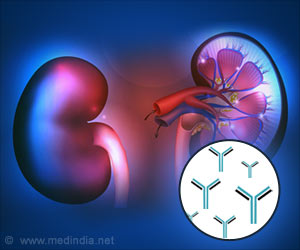Recent claims for the existence of extra-sensory perception (ESP) do not stand up to statistical analysis, says a new study.

Their application of a relatively new statistical method that quantifies how beliefs should change in light of data suggested that there is only modest evidence behind Bem's findings that people can feel, or sense, salient events in the future that could not otherwise be anticipated, and cannot be explained by chance alone.
Statistically, beliefs are odds, they say. For example, a skeptic might hold odds that ESP is a long shot at a million-to-one, while a believer might believe it is as possible as not (one-to-one odds).
According to Rouder and Morey, beliefs are odds. For example, a skeptic might hold odds that ESP is a long shot at a million-to-one, while a believer might believe it is as possible as not (one-to-one odds).
The researchers show that Bem's experiments indicate they should change by a factor of 40 in favor of ESP. The believer should now be 40-to-1 sure of ESP, while the skeptic should be 25000-to-1 sure against it.
They conclude that the skeptics odds are appropriate.
Advertisement
The findings appear online in the Psychonomic Bulletin and Review.








